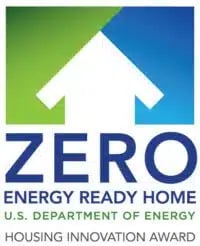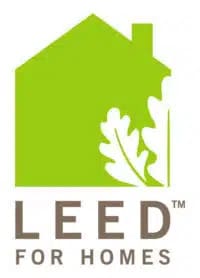Our green building services meet or exceed a number of different green building certification standards. We are always happy to help you select the green building standards that align with your priorities for building a green home.
You can see examples of homes that meet each of these standards in our Photo Gallery, where you can filter by specific certifications.
ALL BPC Homes Built Today Meet or Exceed at Least Three Green Certification Standards
- ENERGY STAR for New Homes
- Indoor airPLUS
- WaterSense
- Zero Energy Ready Home
- LEED for Homes
- Passive House
- National Green Building Standard
- Living Building Challenge
- American Lung Association Health House*
Our homes can also achieve Net Zero Energy Home status, and in some cases even Positive Energy Home status. These are not certification programs with specific standards, but they are widely recognized and determined objectively via an official HERS score.
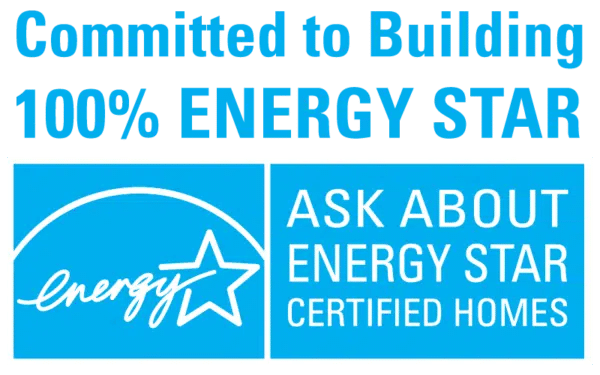
EPA ENERGY STAR Certification
ENERGY STAR was developed by the U.S. Environmental Protection Agency (EPA) to promote energy efficiency for businesses and consumers. ENERGY STAR for New Homes has standards that promote the energy efficiency of primarily new homes but renovated homes, as well.
Every home built or renovated by BPC Green Builders meets or exceeds ENERGY STAR certification standards.
EPA Indoor airPlus Qualified
Indoor airPLUS is a voluntary partnership and labeling program that helps new home builders improve the quality of indoor air by requiring construction practices and product specifications that minimize exposure to airborne pollutants and contaminants.
All homes BPC builds today meet or exceed Indoor airPlus Qualified Homes standards.


EPA WaterSense
WaterSense is a certification for products and homes that follow established EPA standards for water efficiency and use. Meeting EPA WaterSense or similar water-related standards are required for some green building certifications.
US DOE Zero Energy Ready Home Certification
The Zero Energy Ready Home program is the most rigorous US government green home standard.
Certified homes have the potential to generate as much energy as they use, if not more, if a modest sized PV solar panel system or other clean energy generation system is installed. A ZERH need not have energy generation equipment installed at the time of construction, but must be prewired to make adding such a system easier in the future.
All homes now built by BPC meet or exceed Zero Energy Ready Home certification standards.
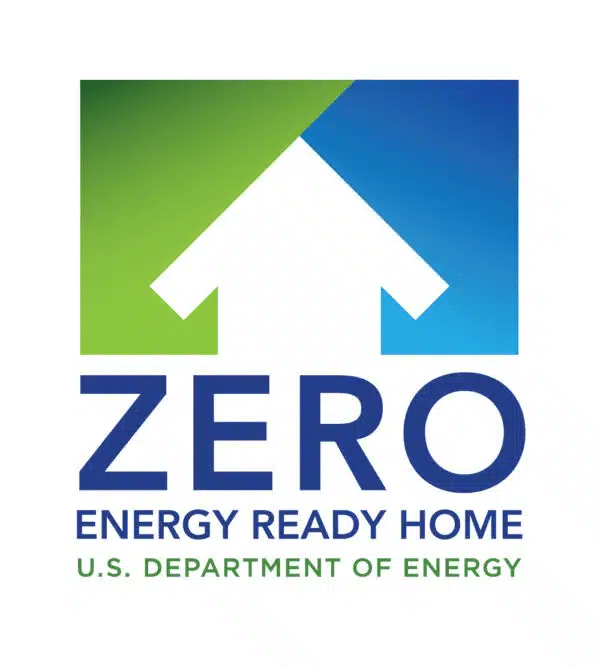
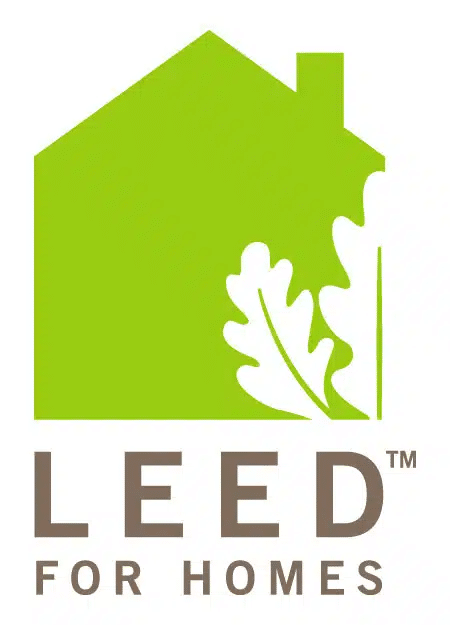
LEED Certification for Homes
LEED (Leadership in Energy & Environmental Design) is a certification program offered by the US Green Building Council. The program includes plan review, an extensive verification process, and third-party inspections. During the certification process, a project will earn points based on which prerequisites it meets and eventually meet one of four different LEED certification levels.
Passive House/PHIUS (Passivhaus)
Passive House is a certification standard for homes that are extremely energy efficient even without solar panels and which make maximum use of passive solar heating and passive cooling approaches. The energy use of these homes is the lowest of all major green home certification programs when the homes do not generate any of their energy, such as with solar panels.
BPC has built several PHIUS certified Passive House homes, as well as other homes that are built to the Passive House standard, but the owners chose not to have them certified, usually to avoid the additional expense.


National Green Building Standard
The National Green Building Standard is a point-based residential green building certification program that has been adopted by the National Association of Home Builders and the American National Standards Institute (ANSI).
There are requirements within six primary areas that homes built to this standard must meet: energy, water use, lot development, use of resources, operations and maintenance, and air quality.
Many of the homes BPC has built which have been certified to other green building standards would also meet the new National Green Building Standard. To date, one BPC home would even qualify for the NGBS’s highest Emerald level.
Living Building Challenge
The Living Building Challenge is an international green building certification program created by the International Living Future Institute. Like LEED certification, Living Building Challenge takes a holistic approach to building design. But unlike LEED, LBC certification is not based on estimated or modeled energy data and a home is certified only after a full year of actual performance data can be collected.
Net Zero Energy Homes and Positive Energy Homes
A Net Zero Energy Home, also called a Zero Energy Home (ZEH), is a home that generates as much energy as it uses. Adding extra clean energy generation capacity to a Net Zero Energy Home turns it into a Positive Energy Home. A Positive Energy Home generates more net energy than it uses and feeds the excess energy into the power grid, usually receiving additional credits or payments from the power company for the clean energy the home provides.
Sustainability and Sustainable Homes
Almost all green building standards require some to many sustainability elements for certification.
The higher levels of certification for programs like LEED for Homes, the National Green Building Standard, and Living Building Challenge certification include the most focus on a broad range of sustainable building practices.
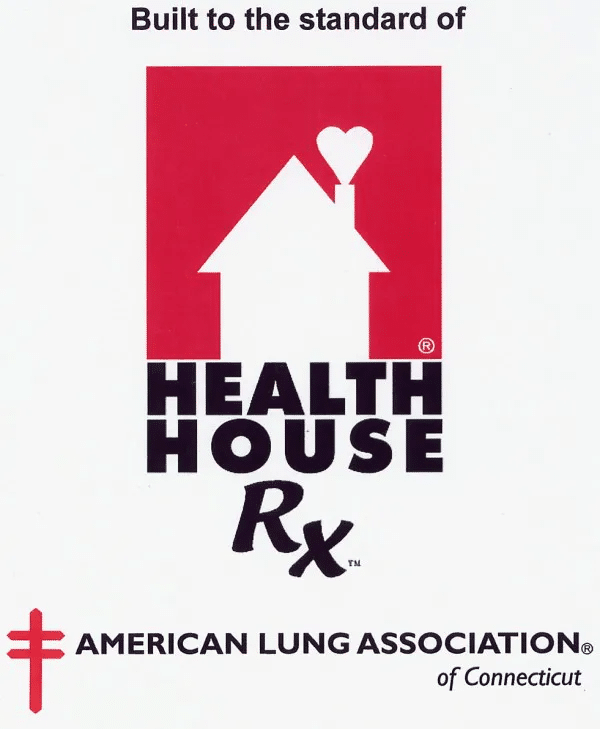
American Lung Association Health House*
Health House was a program from the American Lung Association designed to promote and certify healthy building practices. Its guidelines were similar to the other programs listed here, with a special focus on indoor air quality.
*The Health House program is no longer active. However, BPC Green Builders has the unique distinction of having built the first and only ALA Certified Health House in Connecticut. And, we can still build homes that meet the Health House standards.


